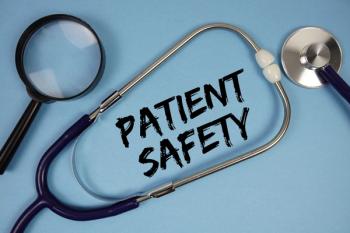
How the Rise in US Pharmacy Deserts Impacts Patients’ Health
When independent and retail storefronts close across the country, creating a lack of pharmacy services in the community, pharmacy deserts arise.
Pharmacy closures have become commonplace in the industry as of late, with thousands of shutdowns since 2010 and a trend that is showing significantly more pharmacy closures than openings.1 Alongside pharmacies shutting their doors at unprecedented rates,2 pharmacy deserts have become increasingly prominent, especially in vulnerable and underserved communities.3
“As we all know, and as we saw through the COVID-19 emergency, pharmacies play a larger role for their patients beyond filling prescriptions,” said Jennifer Zilka, senior vice president of community pharmacy solutions at Cencora and president of the Good Neighbor Pharmacy network. “They're providing clinical advice, testing, immunizations, and many other necessary services to maintain good health. A pharmacy desert is really where patients don't have access to those services because there's [no] pharmacy that's accessible in the market.”
In part 1 of our video series detailing the rise in US pharmacy deserts, Drug Topics was joined by Zilka and additional experts on the topic, Kyle Pudenz, DBA; and Michael Murphy, PharmD, MBA. Pudenz is the senior vice president of enterprise data and analytics at Cencora. Murphy, who has also conducted significant research into pharmacy deserts, currently holds roles as assistant professor of clinical pharmacy at the Ohio State University College of Pharmacy and advisor for state government affairs with the American Pharmacists Association.
The 3 experts provided detailed insights into the prominence of pharmacy deserts, issues with the term's definition, how pharmacy deserts impact patients and pharmacists, and how they are an inherently community-based issue. These experts joined Drug Topics to help us better understand the root causes and impacts of US pharmacy deserts, from the mounting pressures of pharmacy benefit manager (PBM) control to the trends in pharmacy deserts across various locales.
Stay tuned for part 2 of our video series with Zilka, Pudenz, and Murphy, who discuss pharmacy deserts in further detail, touching on the potential strategies for overcoming pharmacy closures and providing the essential pharmacy services vulnerable communities require.
READ MORE:
Pharmacy practice is always changing. Stay ahead of the curve: Sign up for our
References
1. Guadamuz JS, Alexander GC, Kanter GP, et al. More US pharmacies closed than opened in 2018–21; independent pharmacies, those in Black, Latinx communities most at risk. Health Affairs. 2024;43(12):1703-1711. doi:10.1377/hlthaff.2024.00192
2. Schumm A. Struggles at CVS, Rite Aid, and Walgreens call into question retail pharmacy’s future. Chartis. October 25, 2024. Accessed August 18, 2025. https://www.chartis.com/insights/struggles-cvs-rite-aid-and-walgreens-call-question-retail-pharmacys-future
3. Murphy M, Rodis J. The growing crisis of pharmacy deserts. The Ohio State University College of Pharmacy. April 28, 2025. Accessed August 18, 2025. https://pharmacy.osu.edu/news/growing-crisis-pharmacy-deserts
Newsletter
Pharmacy practice is always changing. Stay ahead of the curve with the Drug Topics newsletter and get the latest drug information, industry trends, and patient care tips.













































































































































